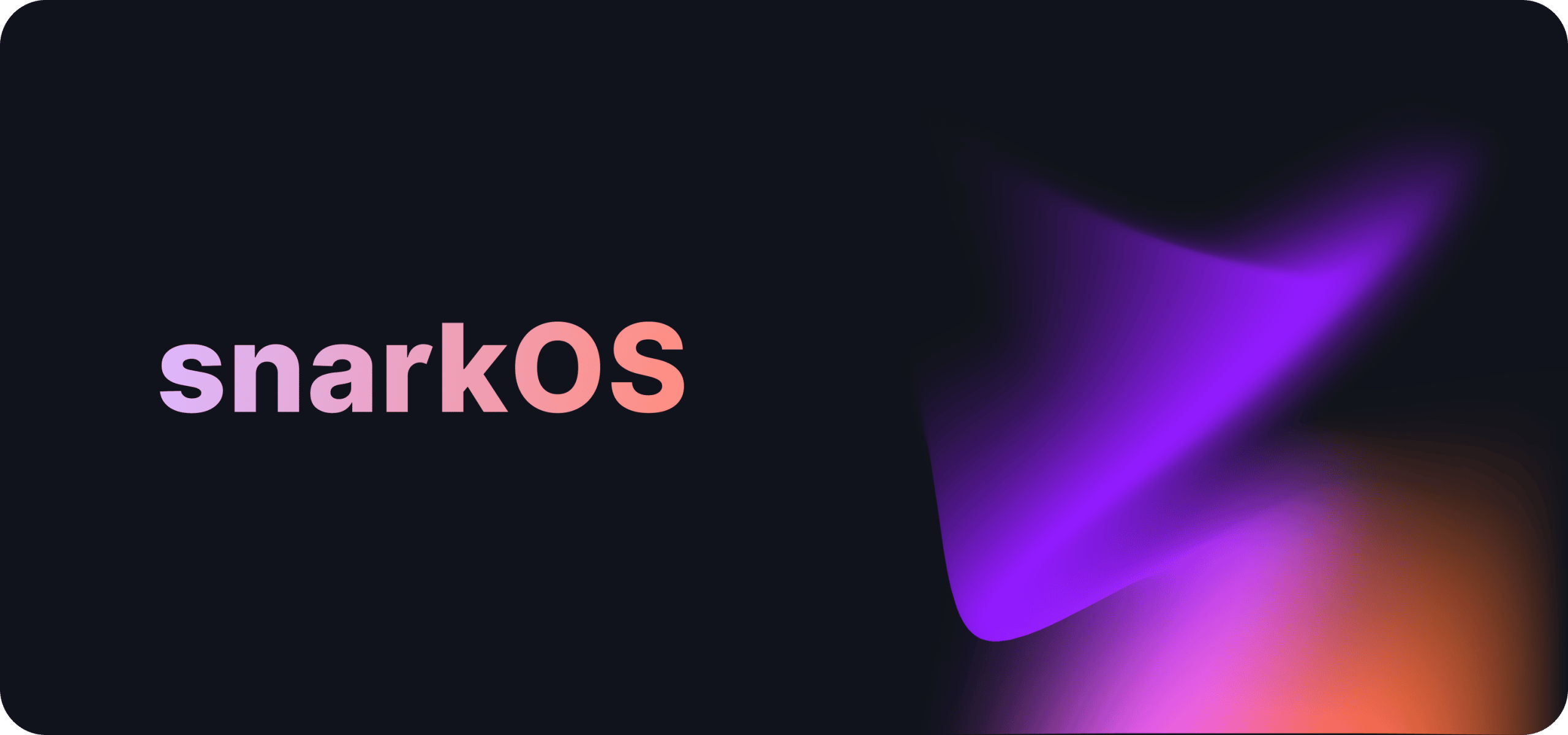1. Leptos
Leptos is an end-to-end Rust framework for creating reactive web applications. It creates receptive nodes in the Document Object Model. It bodes well for a smooth experience and the elimination of any need for re-renders. Components in React may be written in the comfortable JSX language. The foundation is still in its formative stages at this point. However, it shows great promise and has drawn a large number of developers because to the ease and speed with which web applications may be written.
2. SnarkOS
Knowing what Zero Knowledge apps are, you’ll like SnarkOS even more. In other words, it’s an OS built specifically for ZK programs that don’t need a central server. Creating closed app systems, it’s a wonderful option because of the low system needs. It is, in fact, the algorithm powering Aleo.
3. Ruff
When it comes to maintaining a consistent and high-quality codebase, linting is the benchmark. Python also has a wide selection of linting tools. Ruff is another linter that delivers superb functionality and is developed in Rust. There are also several strong code modifications available in Ruff that simplify the coding process. Ruff is great, and you should listen to it.
4. Pake
You may wish to embed your online app into a desktop application for users who aren’t comfortable navigating the web, or maybe you need access to features that aren’t currently accessible on the web platform. Electron has become the de facto standard for Javascript programmers in this scenario. A competitor is Rust’s Pake, which is smaller, quicker, and simpler to use.
The Takeaway
As you can see, many different types of software make use of Rust; for example, you can find Rust frameworks, os, and even a Rust linter for Python. Rust is popular because it allows developers to create useful applications that can hold their own against other popular frameworks like Electron. If you haven’t tried Rust yet, you’re missing out on a cutting-edge approach to app development and renowned performance.
